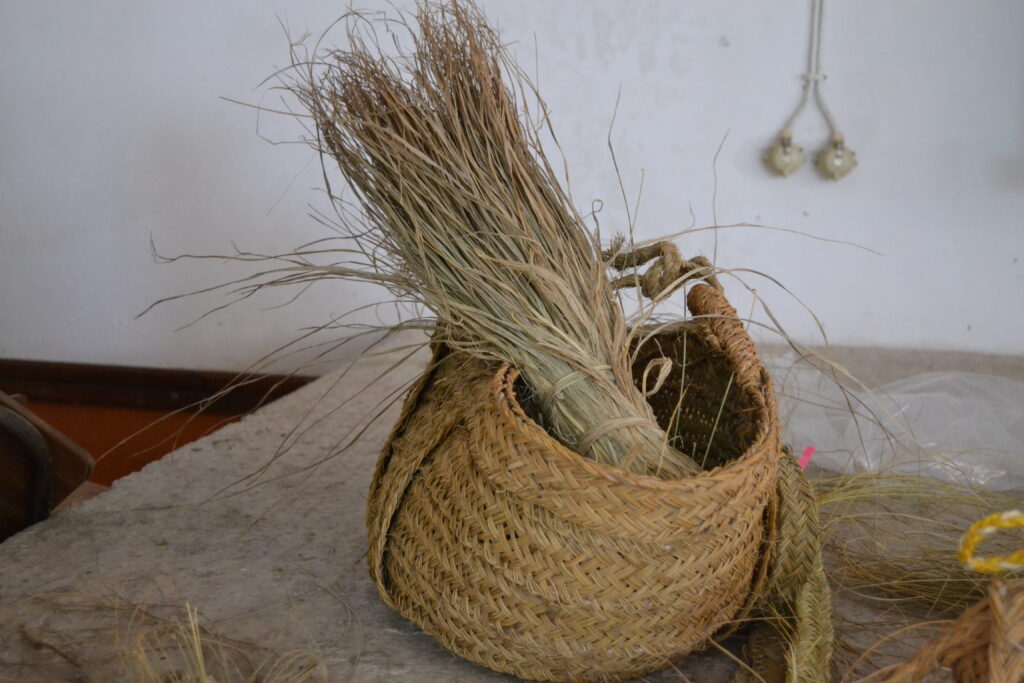“Empreita de Esparto” workshop, historical and ethnographic tour of the fishing village of Santa Luzia and a view of the Tuna-Barrel route are the three activities that the Municipal Museum of Tavira proposes for the Easter holidays in partnership with ASTA – Associação de Artes and Sabores de Tavira and Associação Lais de Guia – Maritime Heritage Cultural Association.
On the 5th and 6th of April, between 10:00 and 12:00, the workshop ”Empreita de Esparto” takes place, under the guidance of the craftsman Bruno Constâncio.
The initiative is aimed at children and young people (children and young people between 8 and 14 years old, accompanied by an adult), with a maximum total of six participants.
At the end of the workshop, participants will have the opportunity to take their piece of esparto wood as a souvenir.
Interested parties should register (free and mandatory) by filling in the form, here
For more information, contact the organization at 281 320 545.
On the 14th of April, at 10:00 am, the Route of the Octopus takes place. The activity consists of a historical-ethnographic walk through the fishing village of Santa Luzia, the “Capital of the octopus”.
From the fishing port, where the boats arrive daily from the sea with the octopus, the village next to the Ria Formosa will be visited to
appreciate the local fauna, the boats, the different fishing gear and live with the fishermen.
On the 15th of April, at 10:00 am, the Tuna-Barrel Route takes place. The visit takes place at Praia do Barril, in Santa Luzia, where, between 1841 and 1966, there was a tuna fishing trap called “Barril or Três Irmãos”.
«This is a unique space, full of stories. With this action, it is possible to get to know the old spaces for work and leisure – the bosses’ house, the fishermen’s house, warehouses and the “anchor cemetery” – where the fishermen and their families lived during the six months of the fishing season», says the autarchy.
Both routes are aimed at children and young people (children from 7 years old), with a maximum number of 15 participants each.
See here the poster.



















Comments